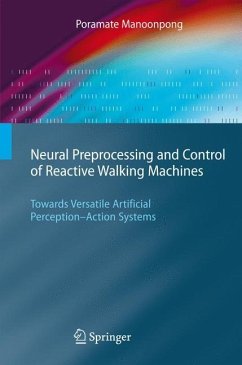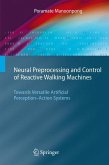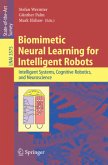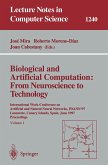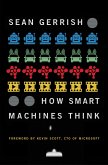Biologically inspired walking machines are fascinating objects to study, from thepointofviewoftheirmechatronicaldesignaswellastherealisationofc- trol concepts. Research on this subject takes its place in a rapidly growing, highly interdisciplinary ?eld, uniting contributions from areas as diverse as biology, biomechanics, material science, neuroscience, engineering, and c- puter science. Nature has found fascinating solutions for the problem of legged loco- tion, and the mechanisms generating the complex motion patterns performed by animals are still not very well understood. Natural movements provide the impressionofeleganceandsmoothness,whereastheimitationoftheirarti?cial analogues still looks rather clumsy. The diverse research on arti?cial legged locomotion mainly concentrated on the mechanical design and on pure movement control of these machines; i.e., in general these machines were unable to perceive their environment and reactappropriately.Contributionsdevelopingembodiedcontroltechniquesfor sensor-driven behaviors are rare, and if considered, they deal only with one type of behavior; naturally, this is most often an obstacle avoidance behavior. There are only a few approaches devoted to the multimodal generation of several reactive behaviors. This book presents a pioneering approach to tackle this challenging pr- lem. Inspired by the obstacle avoidance and escape behaviors of cockroaches and scorpions, which here are understood as negative tropisms, and by the prey-capturing behavior of spiders, taken as a positive tropism, corresponding sensors and neural control modules are introduced in such a way that wa- ing machines can sense and react to environmental stimuli in an animal-like fashion.
Bitte wählen Sie Ihr Anliegen aus.
Rechnungen
Retourenschein anfordern
Bestellstatus
Storno

